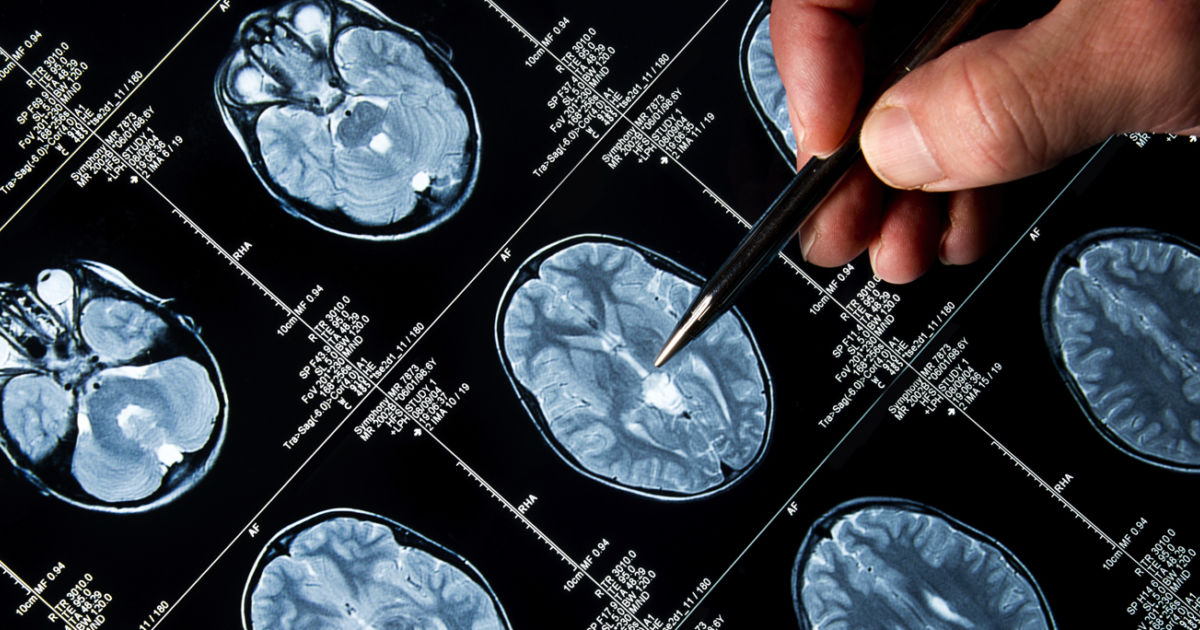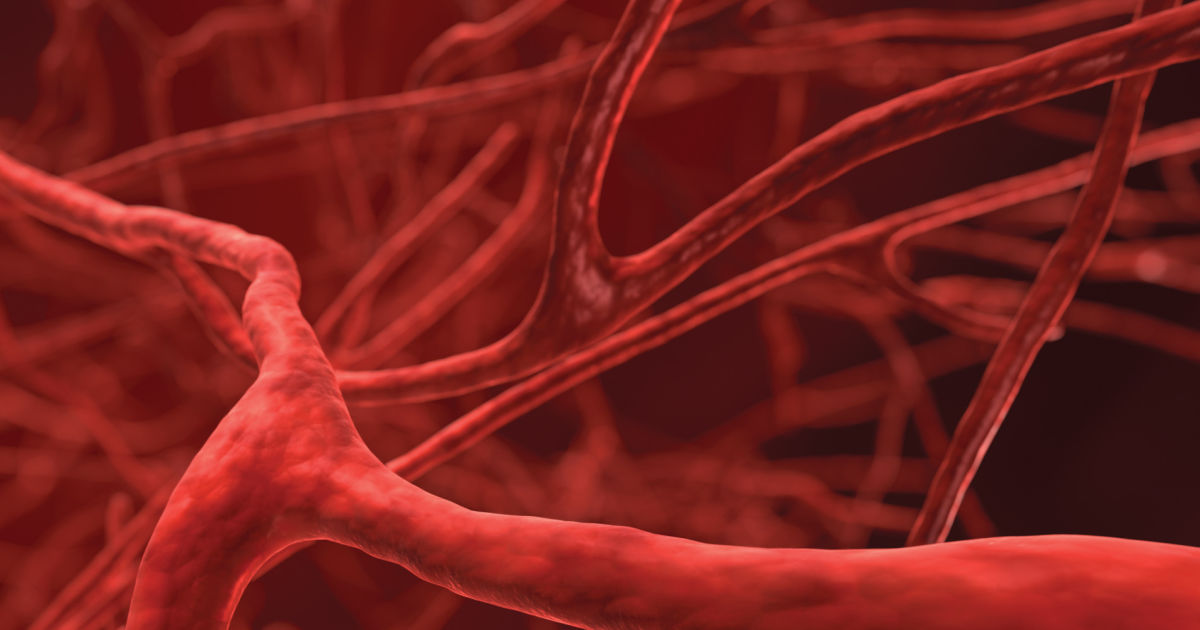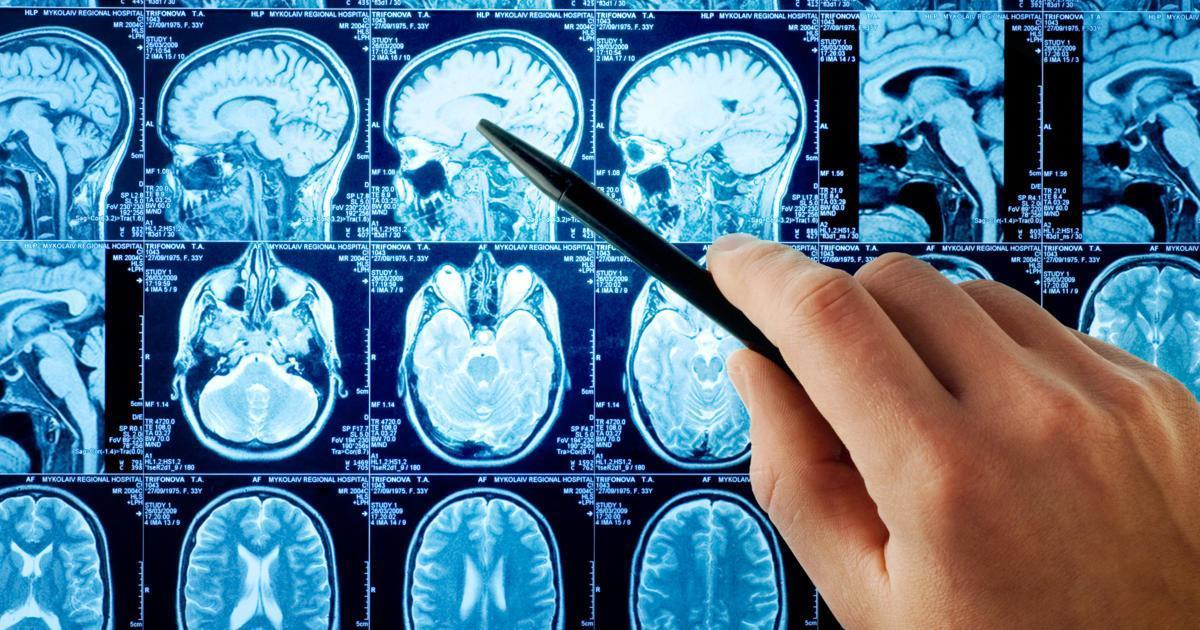Guide To The Causes Of Grand Mal Seizures
Of the many different types of seizures someone can be affected by, among the most common is the grand mal seizure. When someone is suffering from a grand mal seizure, they will experience such symptoms as severe muscle contractions and a loss of consciousness. This seizure is caused mainly by abnormal electrical activity in the brain, though a range of health issues can also trigger such a seizure. Even though the initial symptoms of grand mal seizures are serious and can create a range of complications depending on what the patient was doing when the seizure happens, treatment is usually unnecessary. There are two separate stages of grand mal seizures, which are referred to as the tonic and clonic phases. When going through the tonic phase, patients will experience a loss of consciousness as well as a sudden contraction of their muscles, which will cause them to fall down. This phase lasts for around twenty seconds. The clonic phase involves rhythmic contractions of the muscles that last for around one to two minutes.
Encephalitis

Encephalitis is an inflammation of the brain typically caused by some sort of infection. The symptoms patients experience when affected by this condition usually mirror those of the flu like a headache or a fever. However, it's possible patients won't experience any symptoms. The infection that causes encephalitis can be either bacterial or viral in nature. While this condition can range in severity from mild to serious, the majority of cases are mild with symptoms that won't cause many complications. Ample rest and drinking large amounts of fluids may be all that's needed to get rid of encephalitis. Severe cases of encephalitis can cause symptoms like a sudden fever, severe headaches, confusion, vomiting, and seizures. Babies affected by this inflammation will typically go through additional symptoms like body stiffness and bulging around the skull.
Stroke

A stroke is brought about by a disruption of blood supply to a portion of the brain, which will keep the brain tissues from obtaining the nutrients and oxygen they require. Without these nutrients and oxygen, cells within the brain can begin to die in a matter of minutes. A stroke is always considered a medical emergency, which is true even if it's a mild one. Quick treatment can lessen the amount of damage that occurs to the brain while also reducing the possibility of any additional complications. In many cases, there will be telltale signs a stroke is about to take place or has already begun. Likely the most common sign is having difficulties speaking and fully comprehending what's going on. Patients might also find it difficult to walk properly. Headaches and paralysis in certain areas of the face and arms are also common. There are times when the disruption or reduction of blood supply to the brain can cause the patient to experience a grand mal seizure.
Blood Vessel Malformations

While many of the causes of grand mal seizures are related to injuries and infections, it's also possible for a congenital defect to bring about this type of seizure. One such defect is the presence of blood vessel malformations in the brain. This occurs when abnormal blood vessels develop in the area connecting the brain to other arteries and veins. The arteries are designed to transport blood with high amounts of oxygen in it to the brain. Once the brain has received the supply of oxygen, the veins carry the blood back to the heart and lungs. This is an essential process that keeps the brain healthy. These malformations can occur in any area of the body but most commonly develop in the brain. While most blood vessel malformations are congenital, they can also occur later in life. More severe cases of malformations can result in headaches and grand mal seizures.
Brain Tumors

Brain tumors are growths of abnormal cells in the brain that can either be cancerous or non-cancerous in nature. The two types of tumors that affect the brain include primary and metastasis tumors. A primary tumor develops in the brain tissue itself. On the other hand, metastasis tumors grow in another area of the body before spreading to the brain. The most common type is a primary tumor, which can be either benign or malignant. Benign tumors grow very slowly and won't spread to other areas of the body in most cases. However, these tumors are still dangerous and should be treated with care. Malignant tumors tend to grow quickly and can have abnormal spread patterns. These tumors are unique when compared to other malignant tumors throughout the body in that they can't spread beyond the brain or spine. Larger tumors are known to commonly cause seizures.
Low Levels Of Certain Nutrients

It is possible metabolic disturbances can cause individuals to experience a grand mal seizure. Although rare, patients might suffer from this type of seizure if they have low levels of certain nutrients in their body. These levels must be very low to the point where the body is unable to function properly. If the body doesn't have enough sodium, glucose, magnesium, or calcium, a grand mal seizure may occur. If patients have recently been diagnosed with diabetes, they generally have a higher risk of suffering from a grand mal seizure. Exceedingly low levels of blood sugar can cause the development of a seizure. This is why appropriate nutrient intake and blood sugar management are essential, particularly for individuals with conditions like diabetes.
